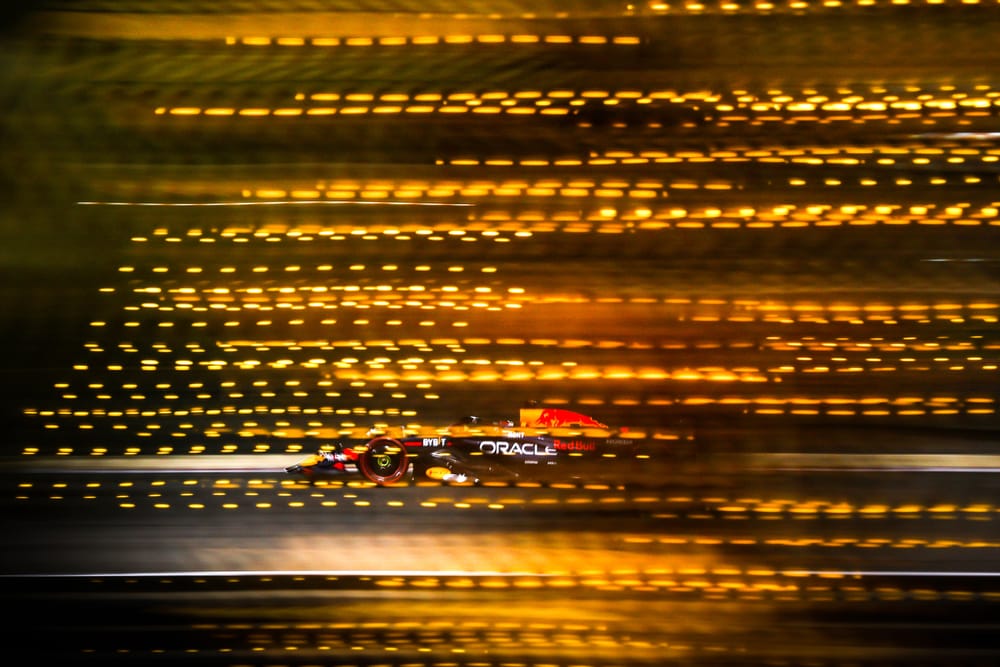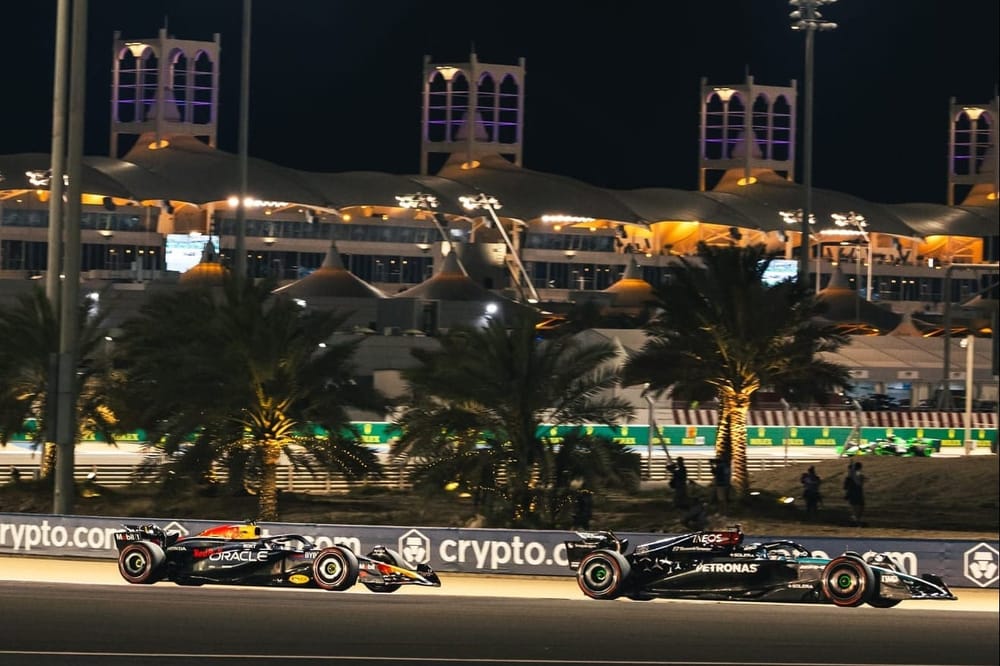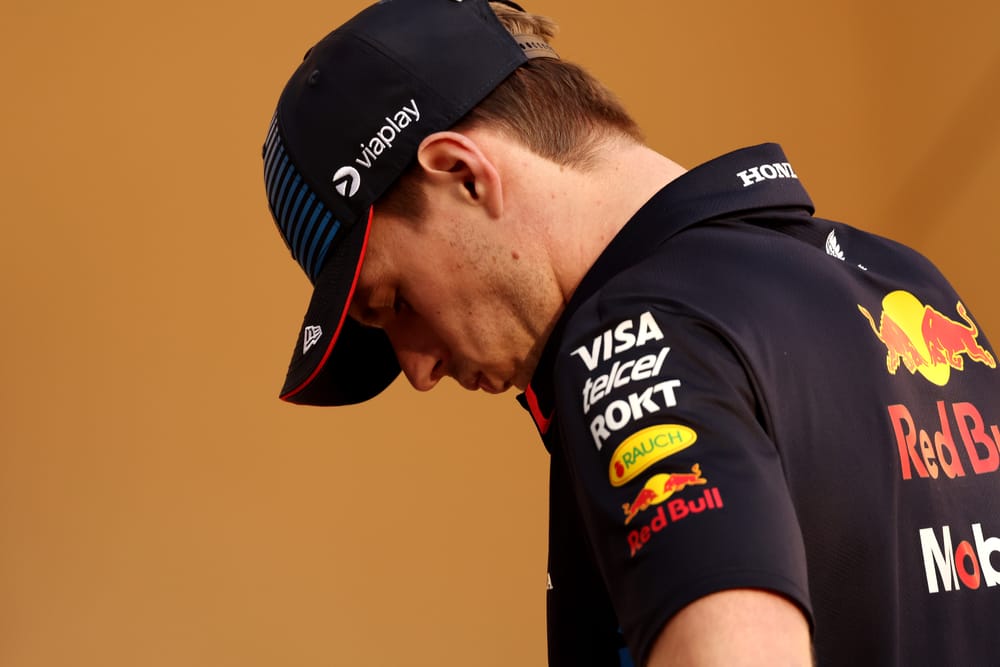Up Next

Formula 1's season-opening Bahrain Grand Prix is well underway and an exciting first day of practice has turned the formbook on its head...or has it?
Scott Mitchell-Malm, Edd Straw and Samarth Kanal were all on the ground in Bahrain, spending time trackside and in the paddock throughout Thursday, finding out the answer to that question and plenty more.
Here's what they learned:
The first sign of a real pecking order
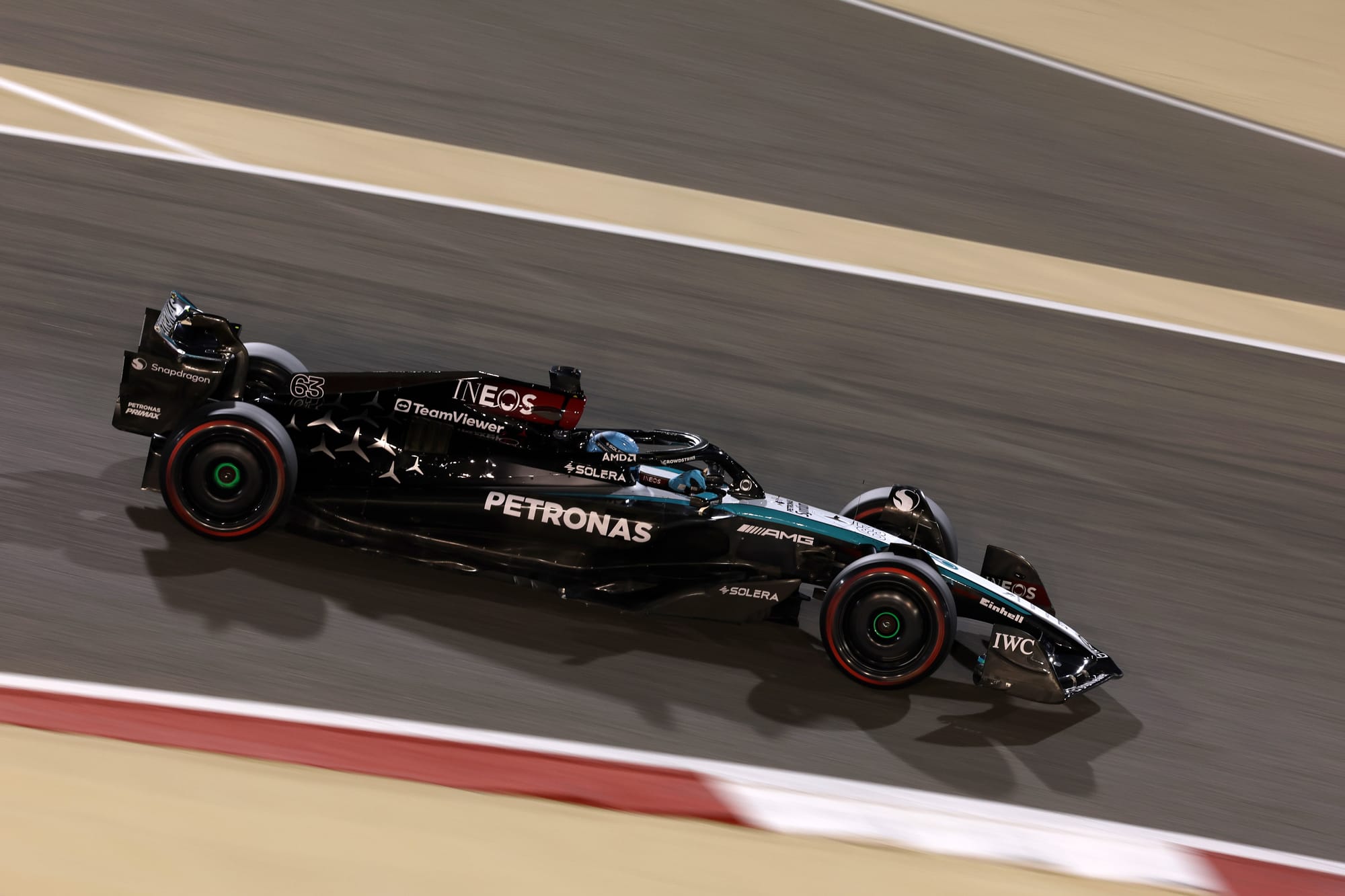
The fuel came out, the soft tyres went on, the qualifying simulations were completed and…Mercedes is fastest?!
Under the Friday evening lights, the W15 was impressive on one-lap pace. To the point where even the drivers seemed slightly surprised. George Russell said “we still need to try and understand why it was so good” and that changes made since the test had “exceeded expectations”.
The pecking order on one-lap pace was Mercedes, Aston Martin, Ferrari, McLaren, Red Bull, Haas, Williams, RB, Alpine and Sauber. But the picture shifted with the limited amount of long-run data available.
There, Red Bull (well, Max Verstappen) assumed its expected place at the head of the order, ahead of McLaren’s Oscar Piastri, the two Mercedes drivers, Sergio Perez’s Red Bull and the two Ferraris.
Our trackside perspective was that the Red Bull looked the most consistently hooked up, whereas the Mercedes looked more peaky. In its good moments it looked very good, in others less so.
We’d be surprised if the FP2 times reflect the final grid for Saturday’s grand prix, but this early glimpse of a pecking order raises hopes of an intriguing opening weekend – even if the underlying data hints at Red Bull still having a good advantage where it counts. - Scott Mitchell-Malm
Mercedes' big problem looks cured
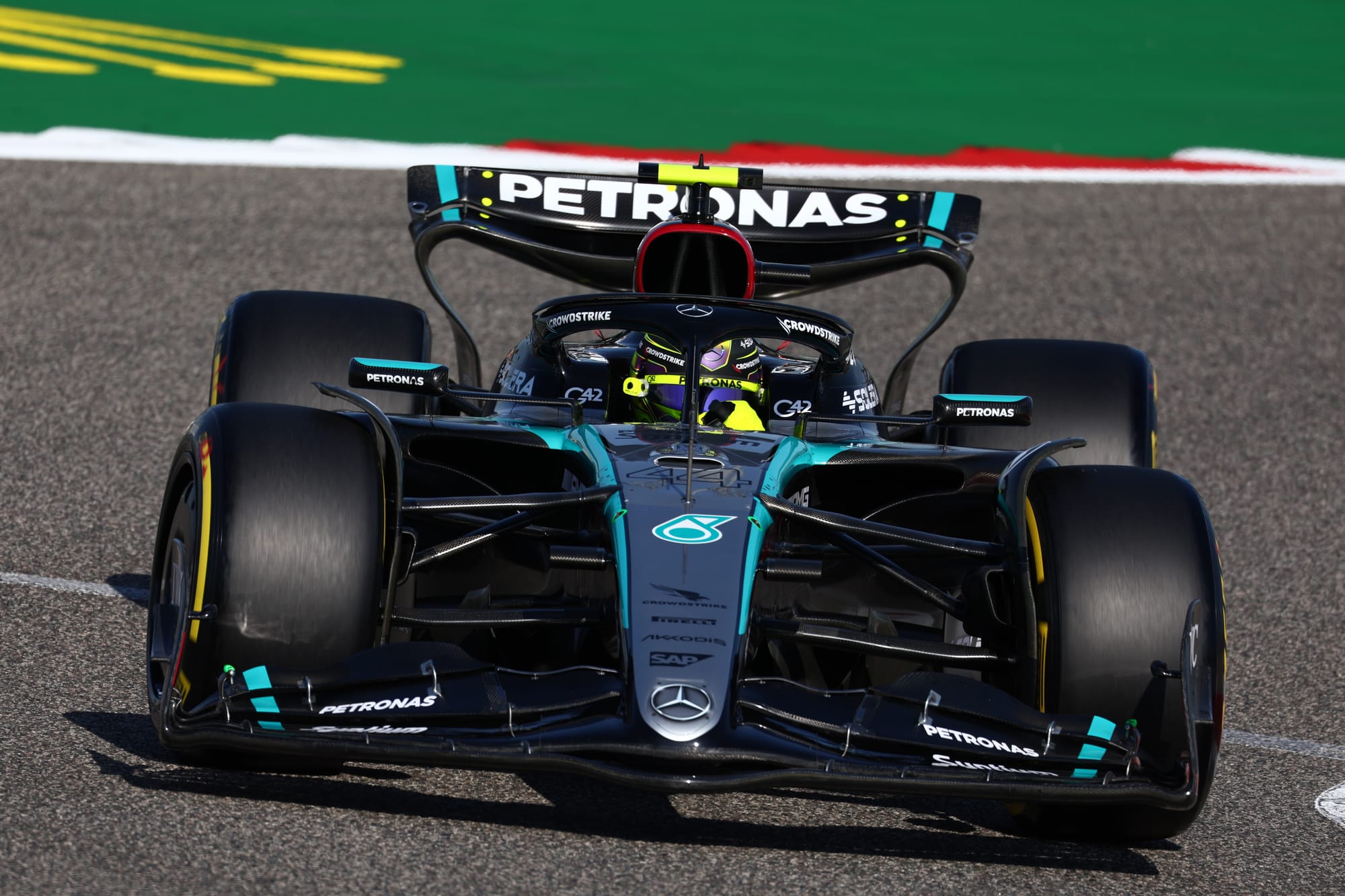
Regardless of where Mercedes stands in the competitive order, it has achieved its top objective since last year. As George Russell puts it, “we talked about the rear being unstable and we have cured that problem”.
To use the word “cured” as an absolute shows a very high-level of confidence. And what Russell said was backed up by how the car looks on track.
While it’s not at Red Bull’s level in terms of the impression it leaves on you watching it trackside, it’s a consistent can that does allow the drivers to commit on corner entry.
Mercedes also appears to have made progress since testing in understanding how best to set up the car.
That said, it still isn’t perfect as Russell discovered when he suffered from some aggressive bottoming out at Turn 11 before a tweak eliminated that problem.
Bouncing, it seems, is still something Mercedes has to be wary of. But what matters is that Mercedes really does have a foundation it can work from for the rest of ‘24 and ‘25. Regardless of what its real pace is relative to Red Bull, that’s a big positive. - Edd Straw
How much trouble Alpine’s really in
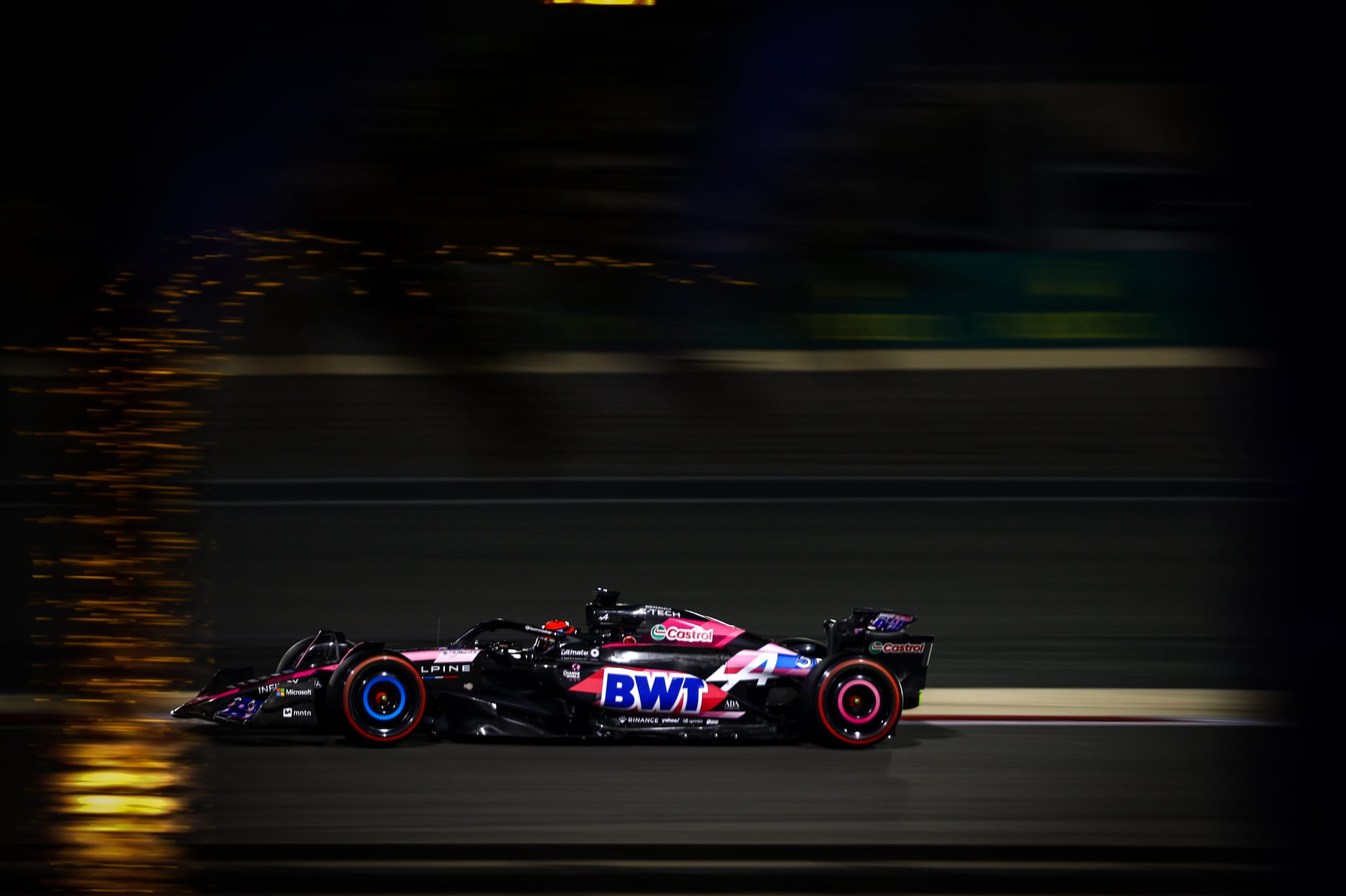
Alpine’s struggles were one of the big talking points heading into the Bahrain GP weekend, with Pierre Gasly admitting “some targets have been missed in terms of timeline” and that the car “is not easy to drive”.
Expectations outside of the team were that it would be at or near the back, and despite the attempts to put a positive spin on things that wasn’t any different to those inside Alpine. And the fact it was the ninth fastest car based on FP2 single-lap pace, and slowest on long-run pace, backs the expectation that it’s likely to fall in Q1.
On track, the car delivers on Gasly’s description, reacting badly to bumps and struggling to deliver a consistent balance. Watch at the fifth-gear Turn 11 left hander and the car is visibly more sluggish than its rivals.
Alpine has a huge amount of work to do. It needs to get weight out of the car, fully understand its modified mechanical platform and make some big strides in terms of the aero having underestimated how far the game would move on development-wise over the winter. The only saving grace is that it’s not too far behind to climb the order. - Edd Straw
McLaren’s curious position
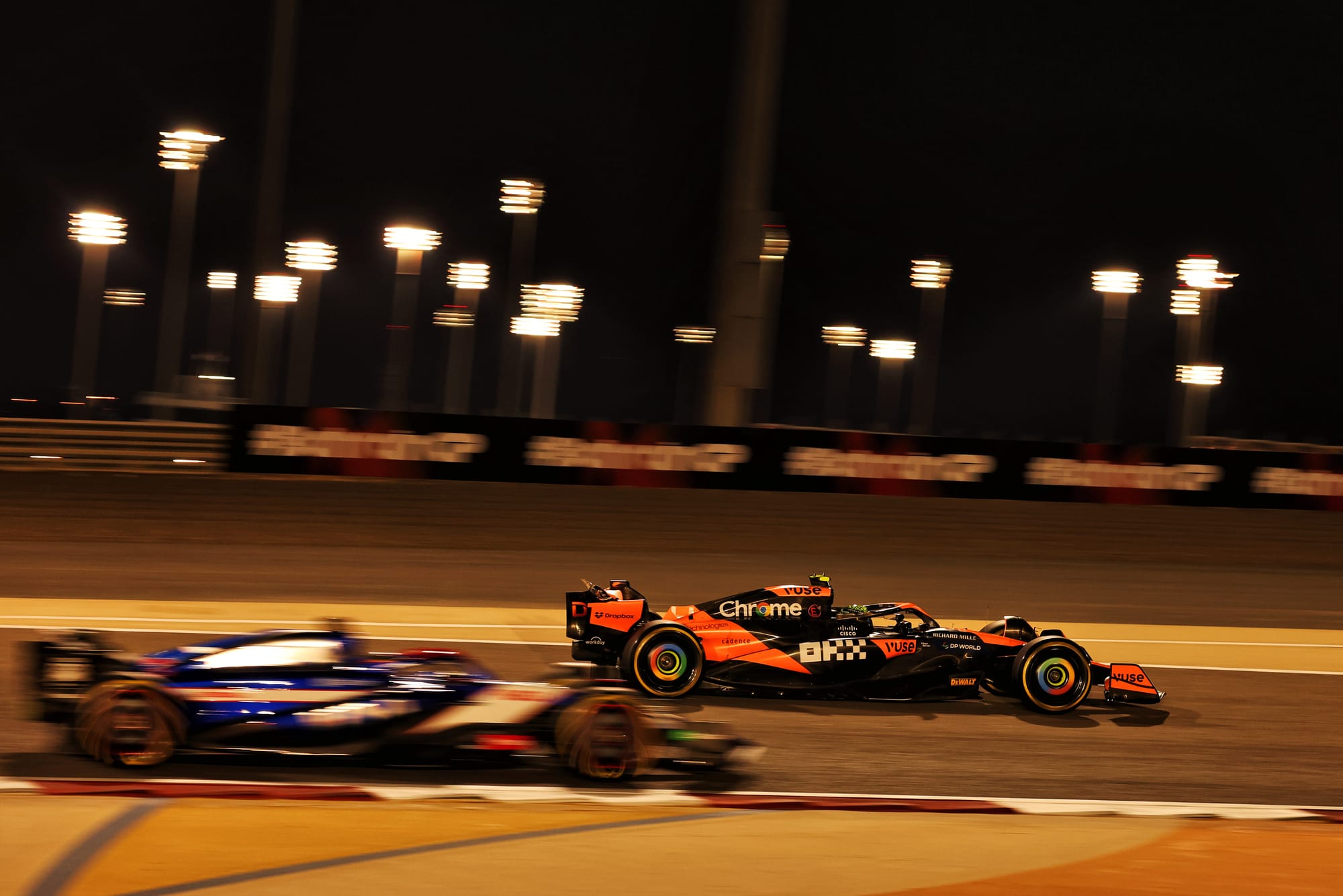
“Certain things haven't allowed us to progress as much as what I would have liked and I think as we all would have liked as a team,” Lando Norris admitted.
Like Norris, we were slightly disappointed with the progress McLaren seemed to have been able to make over the winter. McLaren looked in the mix but not look totally happy in Bahrain.
The MCL38 is an improvement over its predecessor but not by enough to address the specific weaknesses that limited the car in low-speed corners last year. That had been hinted at in testing and was apparent at times on Thursday.
This track highlights the limitations that McLaren clearly needs more time to address and Norris looked to be struggling with it more than Oscar Piastri in second practice.
And yet…the pace was there. Piastri was fifth-fastest and had the best long run behind Verstappen in FP2. Norris had a pretty terrible session, and looked unhappy in the car, so maybe the McLaren can be fast at a track like Bahrain but it’s not in its comfort zone.
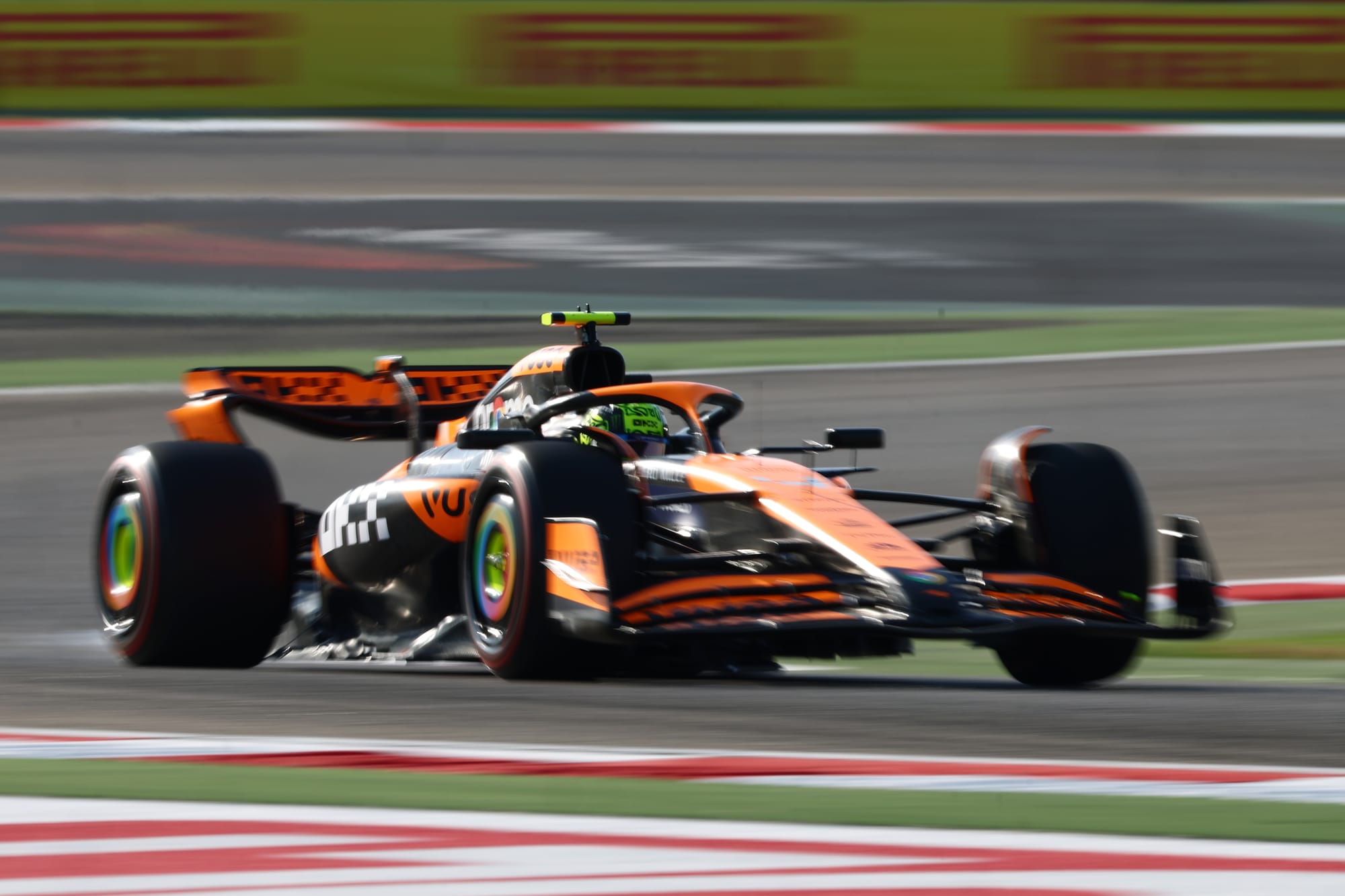
Ideally McLaren would be starting the year with the all-rounder it wants. Whether it is better than Norris’s pessimism has suggested or not, McLaren is not entirely satisfied with what it has right now. It talked up its strong development curve in the off-season, but all of that performance hasn’t made it on the car yet.
McLaren is stressing that this isn’t the same as last year, when it missed targets. This is more that there is further progress to be made than was possible in the off-season. It needs upgrades that are already in the works.
It sounded like that could make the season opener a little underwhelming. And maybe it still will. We were thinking we couldn’t rule out more competitive races on more favourable tracks – but based on FP2, maybe there’s a window to achieve something better in Bahrain too. - SMM
Williams having a 2024 car is a minor miracle
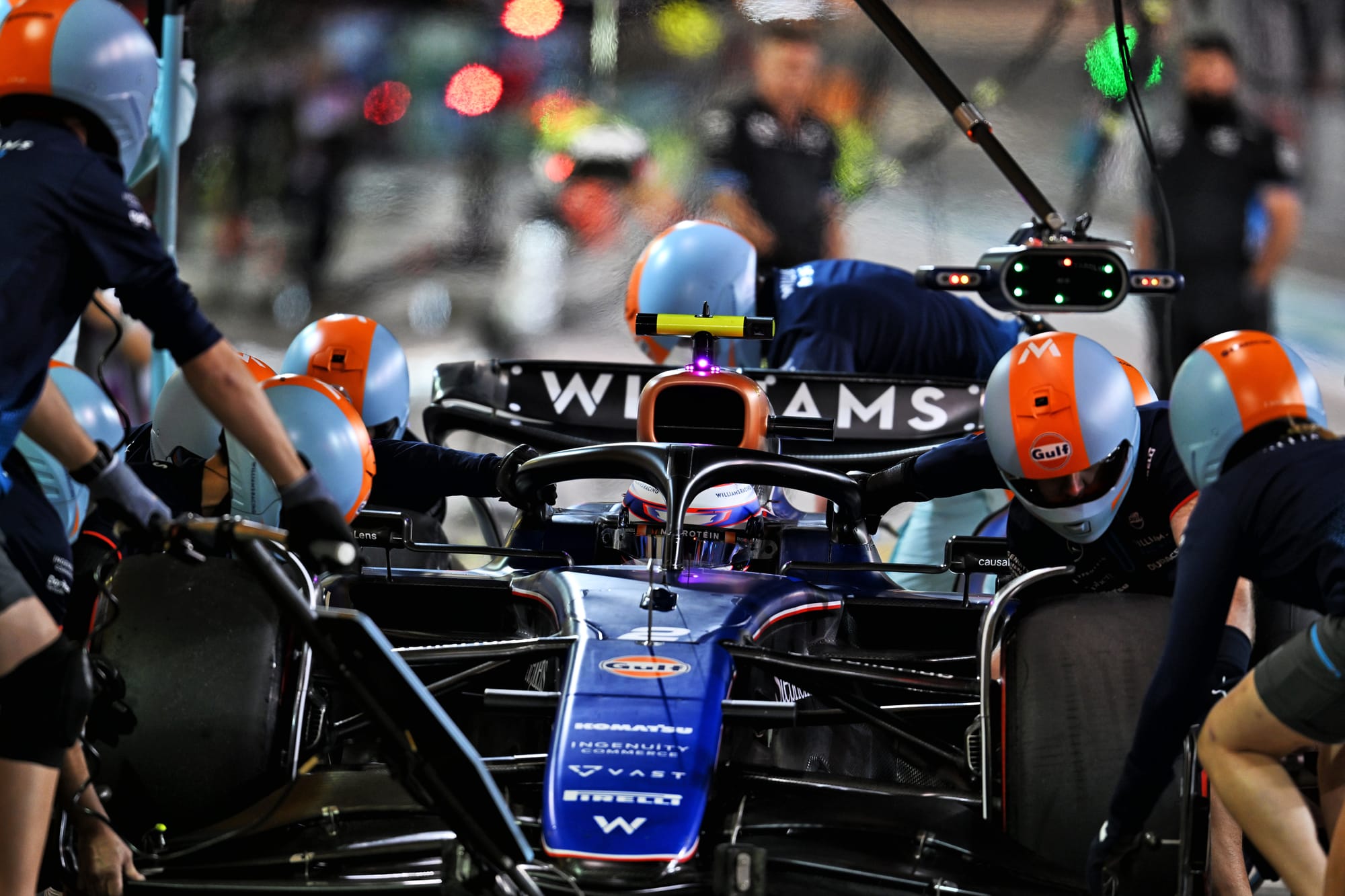
We knew the 2024 Williams came together late, but speaking to team principal James Vowles and chief technical officer Pat Fry, we started to understand how severe the situation was over the winter.
There were more fundamental problems than just the self-inflicted mammoth task of overhauling the team’s chassis technology (which itself has resulted in a massive increase in the number of individual parts that make up the FW46 chassis).
Some of Williams’s processes have not moved with the times. Vowles said the car build was being managed entirely in a sprawling Excel spreadsheet with no automated digital system, and while this has now been implemented, by the time the winter came around there were still people in the factory physically looking for parts.
At one stage there seemed to be a real chance the FW46 in the form we see it now would not make it to the track in time. But it didn't come to that.
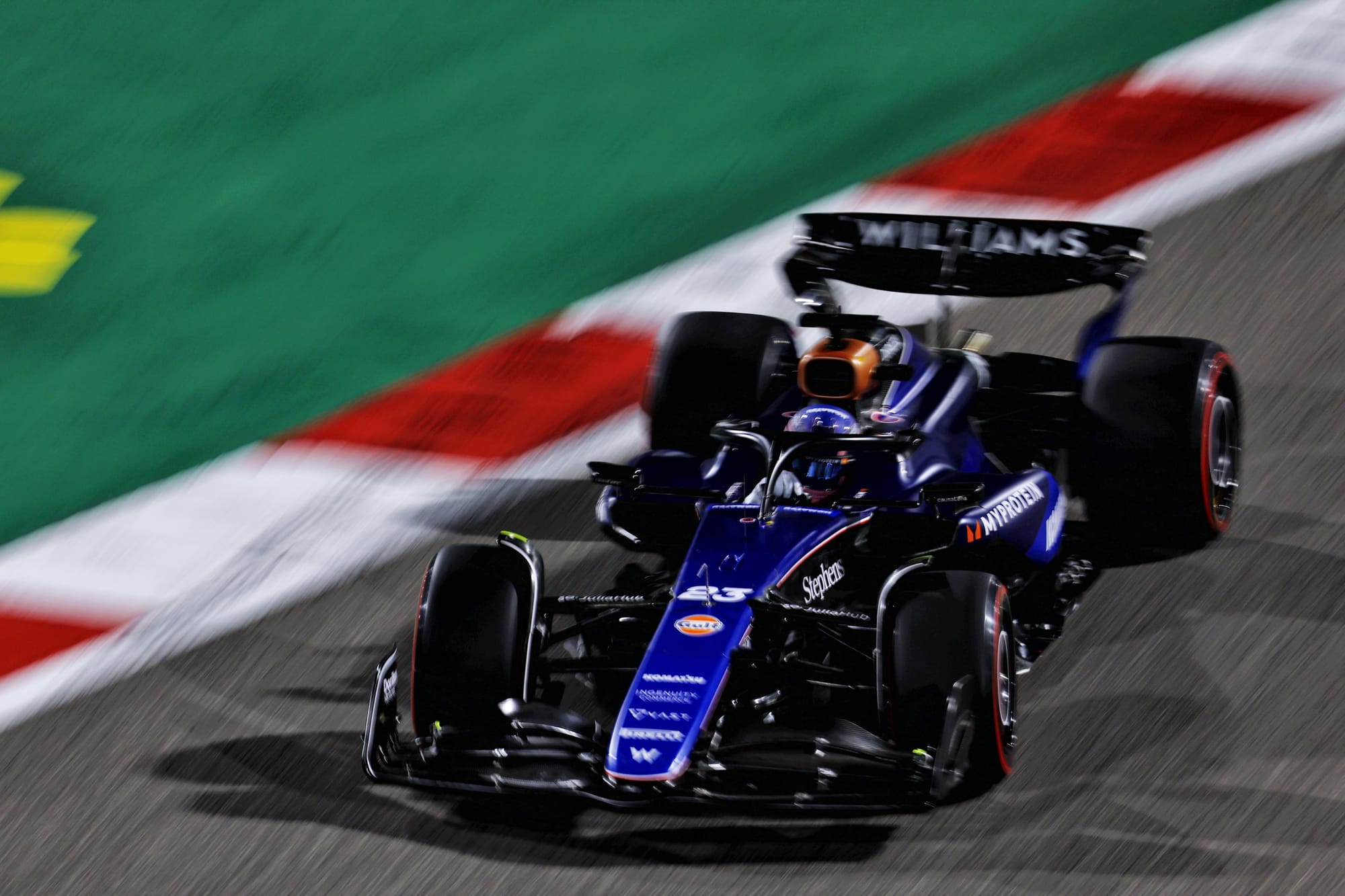
Williams got on top of it, aided by some overnighters in the factory akin to what Fry described as needing someone to “put on their Superman underpants on over the outside of their trousers, rush round and save the day” – which he says was how things were 20 years ago, not how modern F1 teams are meant to operate.
Fry says he’s not seen a winter like it, and never wants to relive it. In some respects it’s a minor miracle Williams overcame that to ready its 2024 car, and improve on its 2023 weaknesses, while facing up to the reality of the immense cultural and technological shift still required to properly modernise this team. - SMM
A great tech innovation looks set to stay
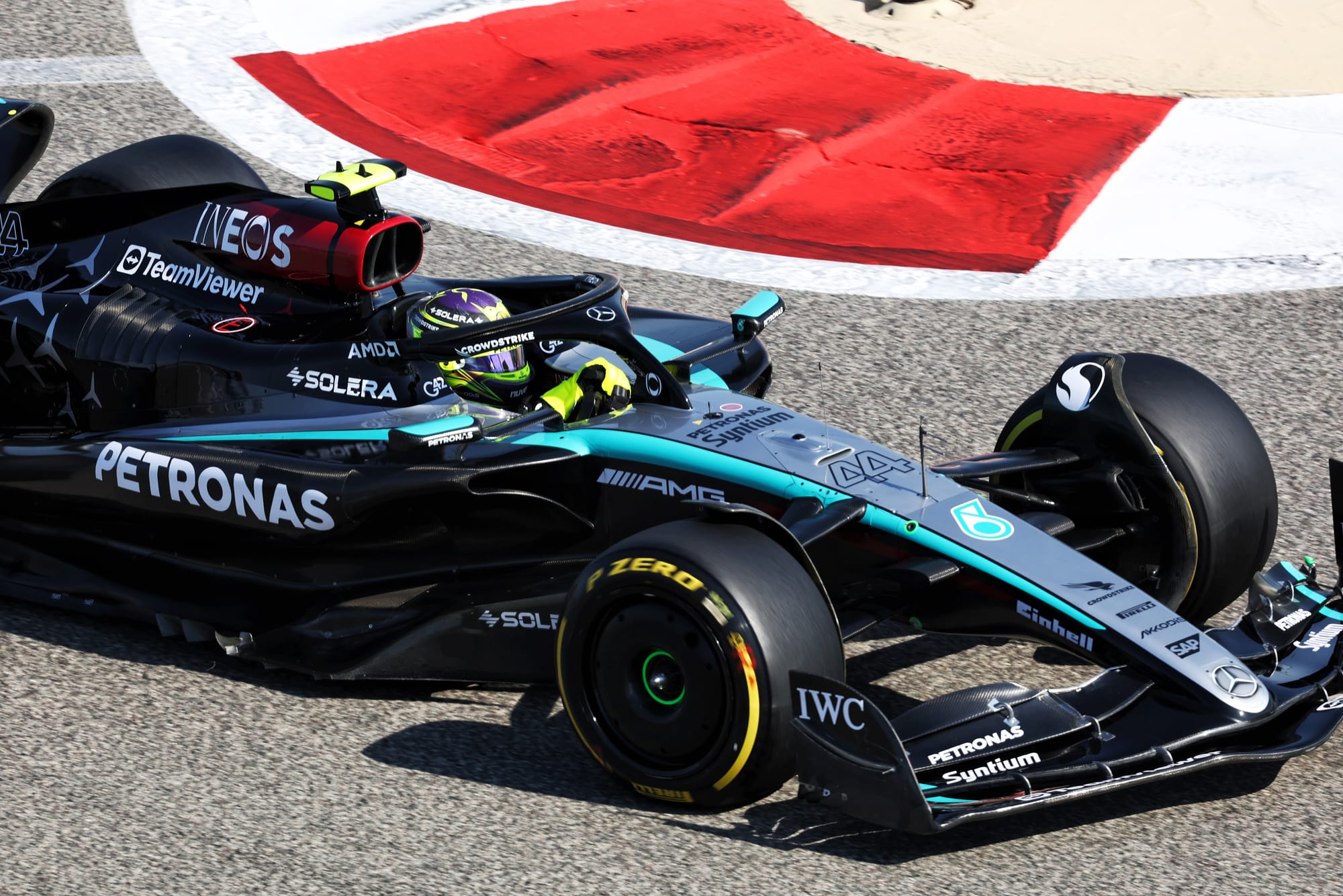
Mercedes’ innovative front wing, specifically its highly-trimmed rearmost element, sparked questions over legality during Bahrain testing.
Team principal Toto Wolff was confident over its legality but some questioned whether the wing might go against the governing body's bid to diminish outwash airflow.
In the lead-up to the first practice session in Bahrain, FIA single seater director Nikolas Tombazis implied that the wing presents no issue.
“We do CAD inspections of every team in advance” explained Tombazis, “And then here at the track we check that what is being raced is what was CAD inspected, and that enables us to do all the geometrical checks and all the aerodynamical checks far more diligently than what we did in the past.
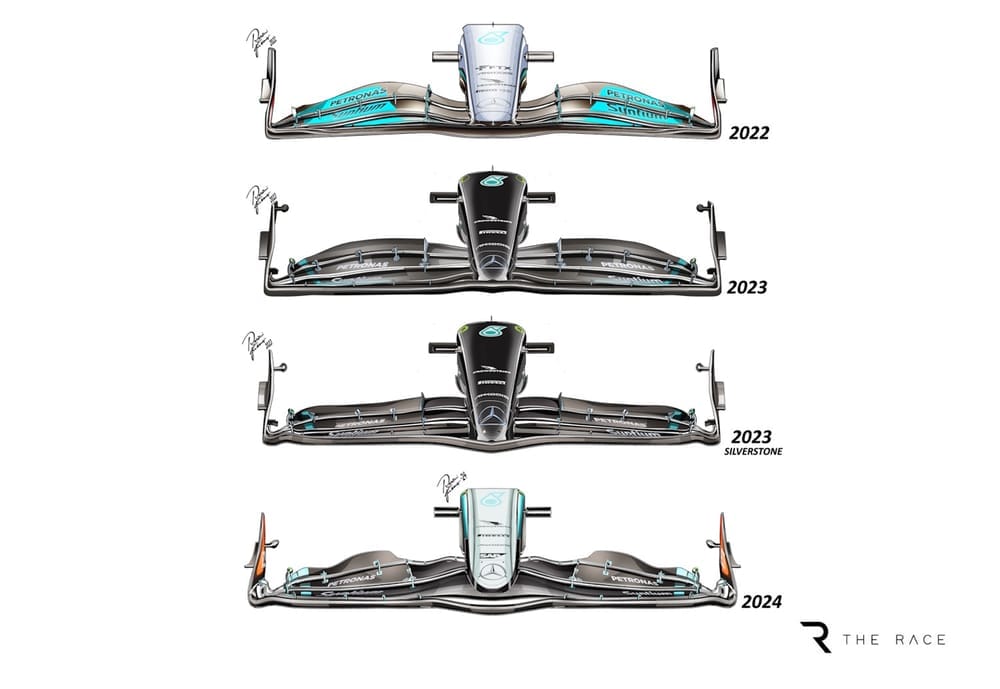
“In the pitlane, there were one or two small things that needed a small adjustment. Nothing major. Just small tweaks. And the teams in question adapted what they had to adapt.”
Tombazis was more forthright in denying that there was any reason to act over teams’ use of outwash aero.
“We don’t currently plan any changes for next year: if there was a wholesale, gigantic loophole, for example, that was totally damaging the sport and needed some intervention, then we would have to try to act. Clearly there are governance rules… It's not like we just want it one day and we do it, so if there was some massive such scenario, then we perhaps would be acting.
“But I don't see any reason for that at the moment.” - Samarth Kanal
What’s changing in F1’s TV output
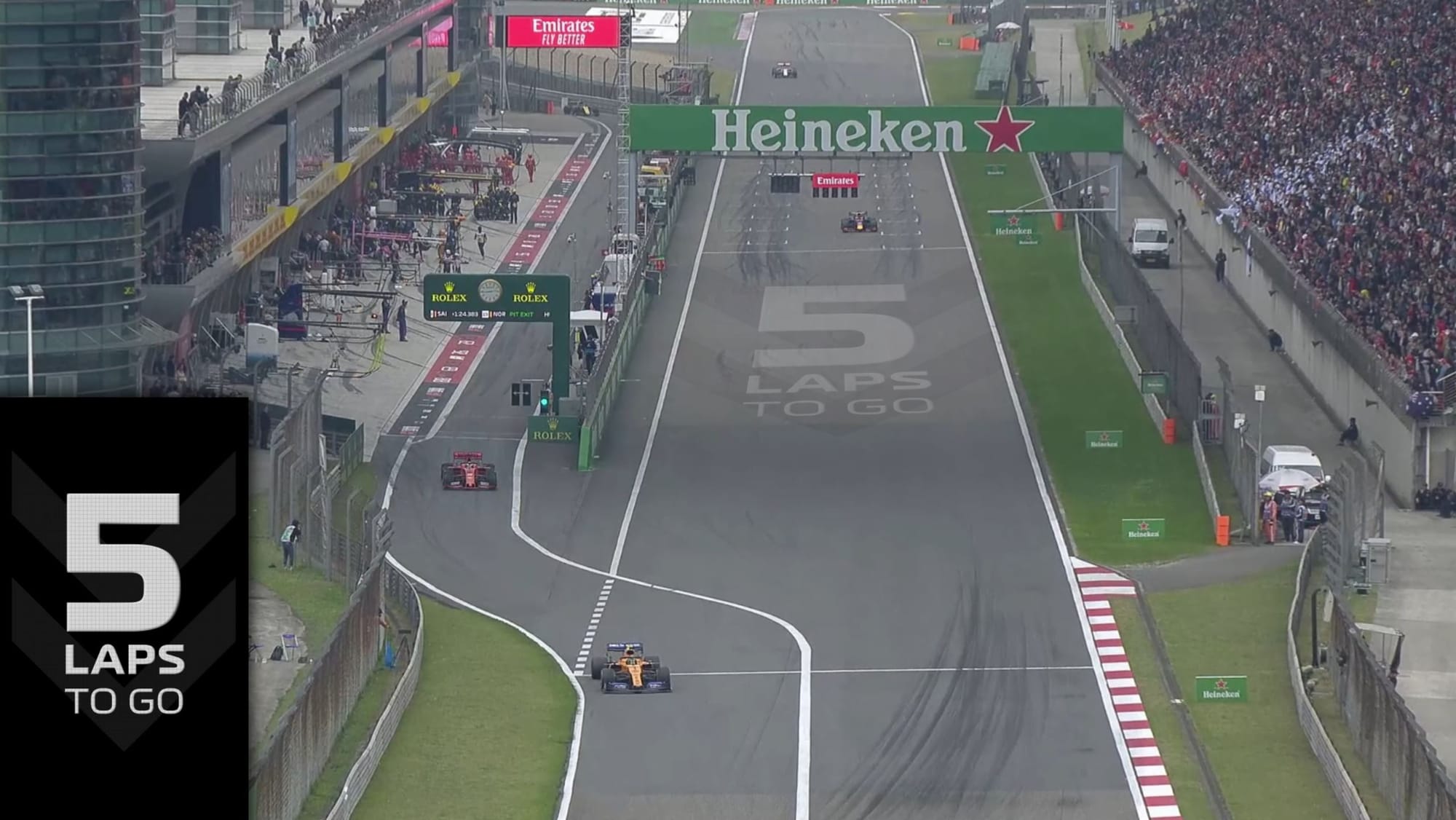
Formula 1 has promised changes to this year’s broadcast including new graphics, new cameras and more.
Augmented reality, with which F1 can apply virtual advertisements to the track, will be used even more this season. Not only does that mean less signage and paint, but the opportunity to deliver pertinent information to viewers.
F1 is also ramping up its use of picture-in-picture replays, which will continue to be shown in the sidebar on the left-hand side of the screen or the top-right corner of the screen to highlight other bits of action apart from the lead battle or a crucial overtake.
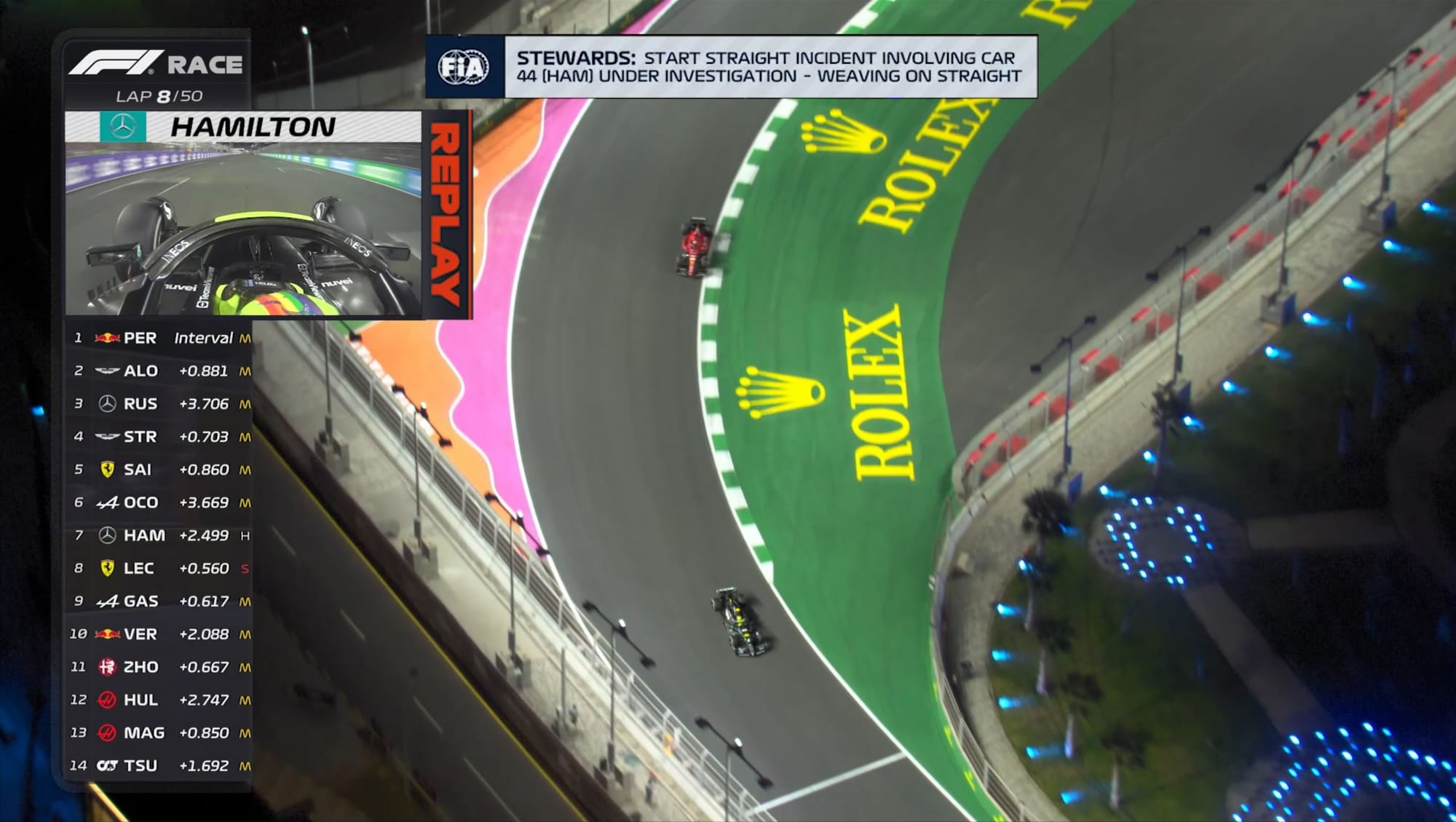
Viewers will also see more alerts on screen for events such as track limit violations or incoming rain – rather than relying on over-the-shoulder shots of weather radars.
Gyroscopic pitch and roll cameras, which were introduced to show Zandvoort’s banked corners, will now be implemented across the season. Cameras mounted on the rear light of the car, developed in conjunction with Aston Martin, will give viewers a closer shot of bumper-to-bumper duels in the same vein as endurance or GT racing.
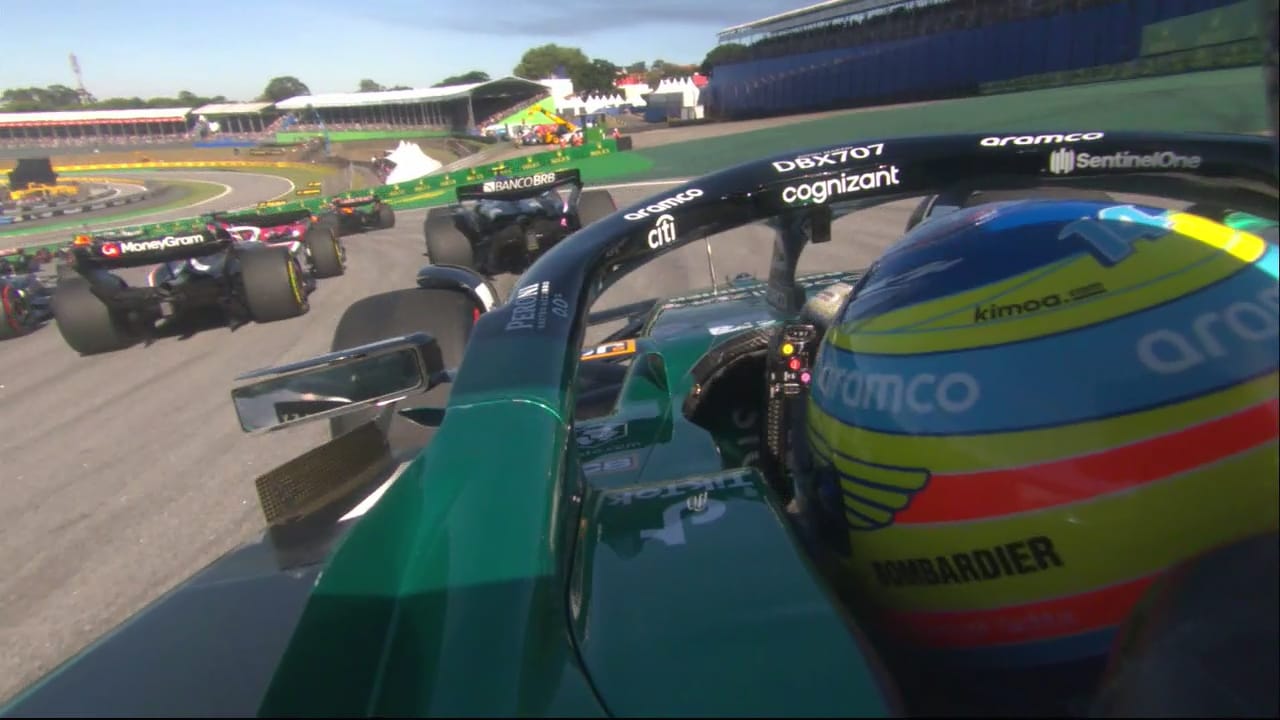
F1’s director of broadcast and media Locke made sure to highlight improvements at its Biggin Hill base that will allow team radio to be broadcast quicker than before.
As for drones, F1 is still trialling their use for broadcast – but issues such as safety and latency have proven difficult to overcome. - SK
A former major player is ‘back in F1’
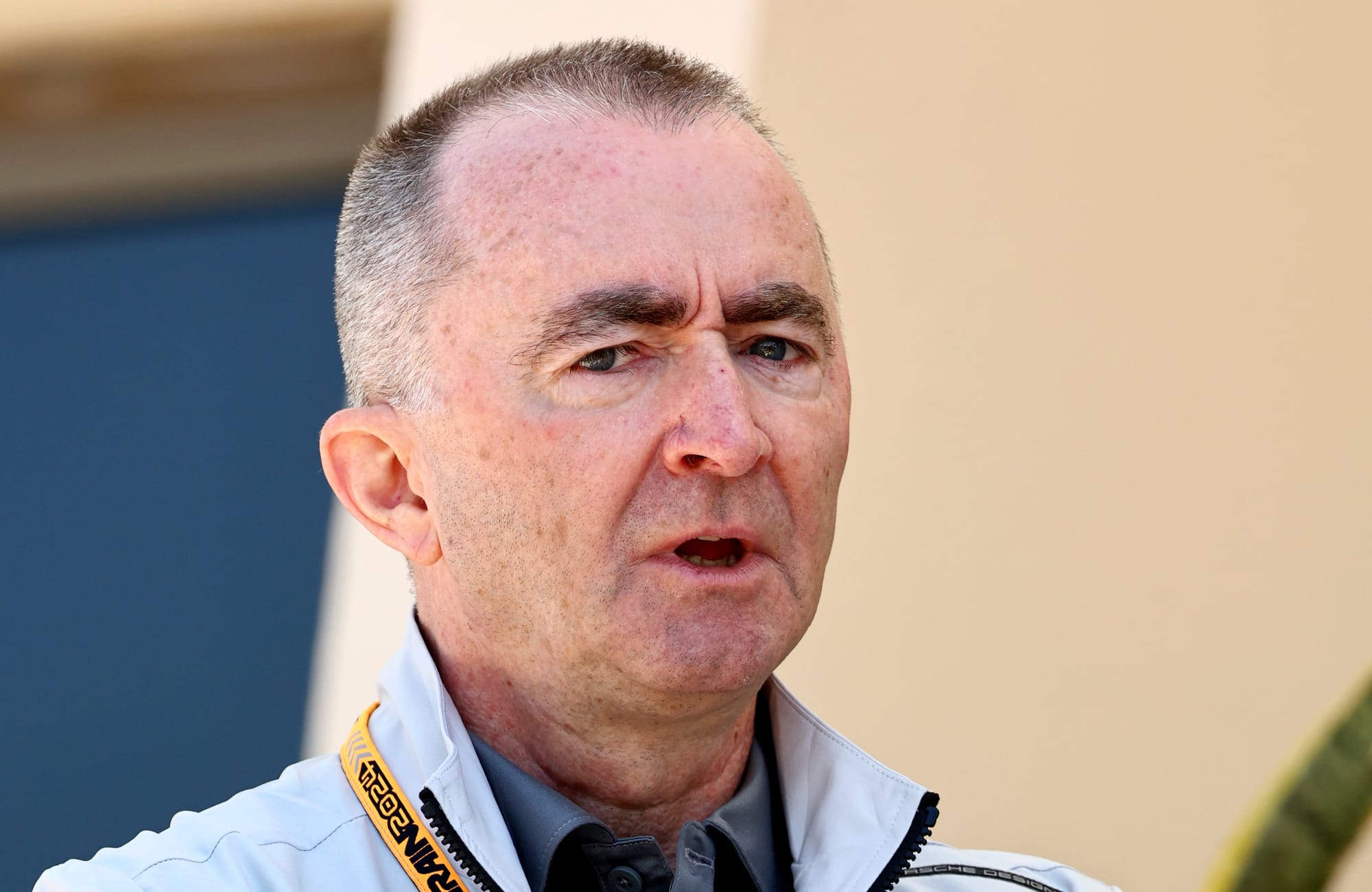
Paddy Lowe had a hand in 12 world championships and 158 race wins during his career with Formula 1 teams, notably with stints as technical chief with McLaren, Mercedes and Williams. And having been away for almost five years, he’s now returned.
“I’ve come back to Formula 1,” said Lowe. “but I’m not going to say ‘I’ anymore, because it’s ‘we’ – our company Zero”.
Zero Petroleum, a specialist in synthetic fuels, was founded in 2020. The company now employs 50 people, according to Lowe including 10 with direct F1 experience. And it’s now formed a partnership with Sauber.
The focus is primarily on communicating the rapid progress made in synthetic fuel technology, along with finding applications for Zero’s technology in achieving its own sustainability targets. As Sauber managing director Alessandro Alunni Bravi puts it “starting from our facilities, the energy we use in the hospitality areas, in the [pit] box]”.
Zero is on the Sauber engine cover, but the obvious question is whether there will soon be Zero synthetic fuel – made from air and water with no fossil fuel content – in the car?
Right now, the answer is no and that’s not a stated aim of this partnership. But according to Lowe, “that is in prospect” in the future given fully-synthetic fuels are one of the options in the 2026 regulations. - ES


